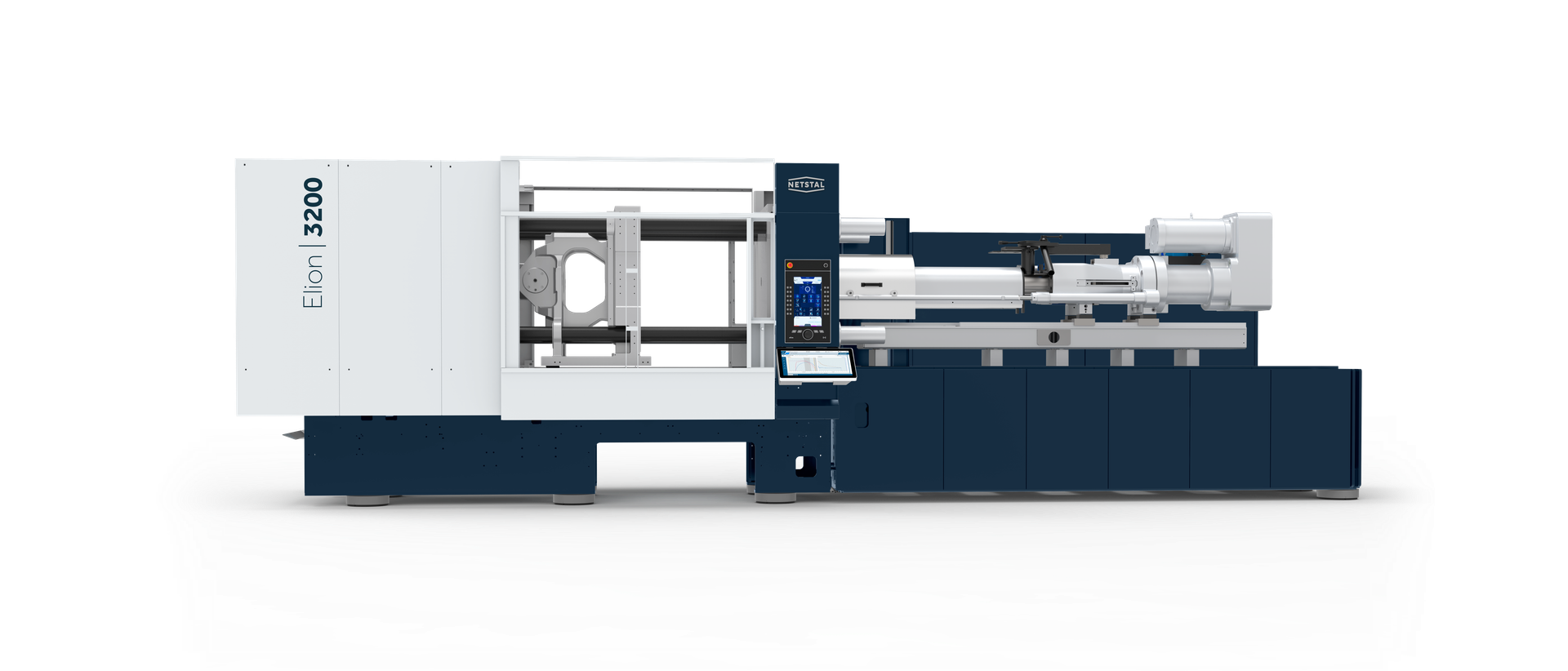Wir maximieren
Ihre ProduktionseffizienzMit der führenden Netstal-Spritzgiesstechnologie
für schnelllaufende Anwendungen:
Preforms
Verschlüsse
Verpackungen
Medizintechnik
Wir maximieren
Ihre Wertschöpfung Mit der führenden Netstal-Spritzgiesstechnologie
für schnelllaufende Anwendungen:
Preforms
Verschlüsse
Verpackungen
Medizintechnik
Wir maximieren
Ihre Wertschöpfung Mit der führenden Netstal-Spritzgiesstechnologie
für schnelllaufende Anwendungen:Preforms
Verschlüsse
Verpackungen
Medizintechnik















-scaled-uai-1706x1706.jpg)



-scaled-uai-1706x1706.jpg)


-scaled-uai-1706x1706.jpg)

-scaled-uai-1706x1706.jpg)